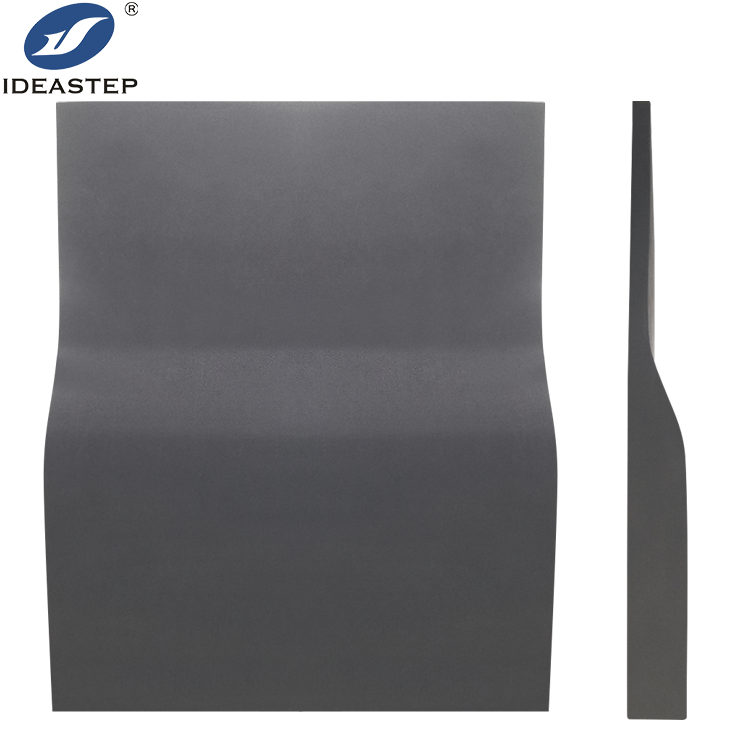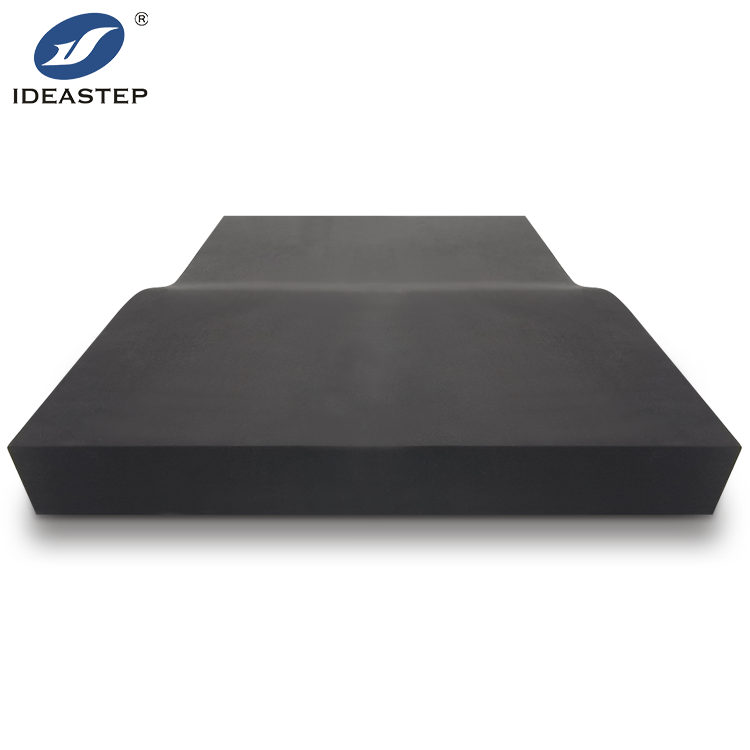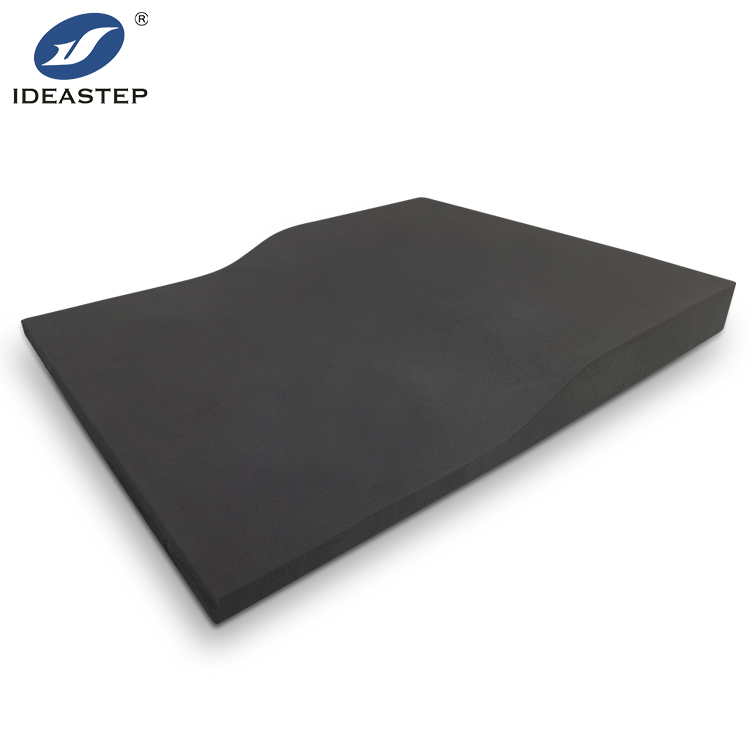EVA foam is one of the key components in the making of a sports helmet; it provides critical protection by way of cushioning and impact. In addition, the general performance of EVA foams is generally determined by their density and comfort or safety of the helmet. This paper, then, shall discuss the various types of EVA foam densities, their relative merits, and how one could consider selecting a type of foam density that best fits their needs in sports helmets. Whether it is professional or leisure, a breakdown of EVA foam density will enable you to make an accurate decision when it comes to your helmet needs.
1. Understanding EVA Foam Density and Its Role in Sports Helmets
What is the density of EVA foam?
The density of EVA is said to be defined by the mass of the foam contained within a given volume. This factor is directly proportional to the cushioning property and durability. Hence, foams of low density are light and soft whereas foams of high density will provide weightier protection and durability.
Importance of EVA Foam Density in Helmet Design
The density of EVA foam in a helmet will strongly determine the effectiveness of the helmet to absorb an impact and distribute energy. Higher-density foams offer much better protection because the force of impact is distributed over a large area, hence reducing the injury rate. Also, it will affect the weight of the helmet and its comfort—two of the most important things for an athlete, who has to be both protected and feel at ease while wearing it.

2. Application of EVA Foam Density in Different Sports Helmets
Low-Density EVA Foam
Low-density EVA foams are soft and lightweight and feature outstanding initial cushioning; they normally do not offer the impact protection that higher-grade densities feature, though. Fields of application include helmets to be used for low-impact sports such as cycling or various forms of recreational sports.
Medium-Density EVA Foam
It is a medium-density EVA foam that strikes the balance between perfect cushion and durability. It strikes a great balance by providing ample protection while managing to hold up comfortably in weight. Most helmets pertaining to footballing sports, or even skiing, have this density. Here, comfort and protection are taken care of according to need.
High-Density EVA Foam
High-density EVA foams are more protective owing to their greater thickness and rigidity. This would be ideal for very impact-hazardous sports, such as motocross and hockey. However, it might be heavier and less comfortable when worn compared to the low-density types.

3. Factors of Selection of EVA Foam Density in Sports Helmets
Safety Standards and Regulations
The helmet should be certified to the standards that industries have set concerning safety, such as ASTM or CE. Most of the standards set a minimum threshold on the density of the foam for protection guaranteed.
Type of Sport and the Operational Requirements on the Helmet
Different sports expose their players to different levels of impact; this therefore determines the nature and type of the foam density applied. For example, a football helmet would apply a medium to high-density foam, while a bicycle helmet could apply low-density foams to ensure that the weight will be light.
Comfort and Fit
A fitted helmet is both safe and comfortable. The exact density of the foam controls precisely how well that helmet will stay on your head. You may want to try several different types of helmets with different foam densities in order to find what best suits your needs.

4. Personal Experience: Sports Helmets and EVA Foam Density
Personal Story
In my practice, I was able to work with different helmets with different EVA foam densities, and all I can say is that this really matters when it comes to performance. For example, a high-density foam helmet was doing an excellent job in protection at high-impact activities; however, compared to the medium-density foam, I felt that it is not that comfortable for continuous use.
Recommendations
I believe that in activities with medium or high-impact intensities, a helmet with medium or high-density foam is more suitable. If the activities are light, the foam would also be enough if it’s of low density to keep comfort upwards without too much weight.

5. FAQs
What would be considered the best EVA foam density when it comes to sports helmets to ensure maximum safety?
Generally, the high-density EVA foams are best for providing maximum safety, serving better in absorbing and protecting upon impact.
How does the density of EVA foam in helmets relate to comfort?
Low-density EVA is softer and hence more comfortable. It might not be that safe, though. Higher-density foams offer protection but can be heavy and less comfortable.
Do you know of any industrial standard in terms of EVA foam densities applied in headgear?
Helmets have to pass these industrial standards like ASTM or CE, who have already specified the value of foam density in protection aspects.
What are the trade-offs between low, medium, and high-density EVA foams?
The low-density foams feature light weight and comfort but with less protection. Medium-density foams strike a balance between protection and comfort. High-density foams feature higher protection but result in greater weight and less comfort.
How would I go about testing the effectiveness of EVA foam density in a helmet?
Ways to test their effectiveness include the impacts test, comfort of wear, and fitting. Also, one can try to look for a safety certification and fit into different densities for better wear.
If you are interested in EVA , you can continue to visit this page (https://www.eva-block.com/product/) and tell us your needs.

